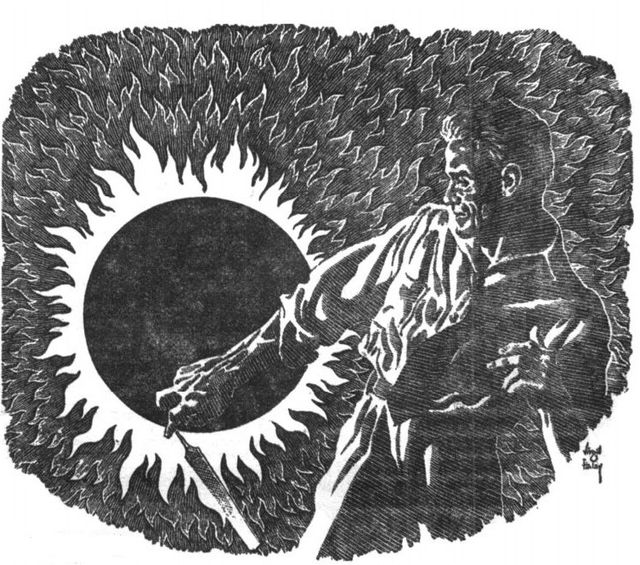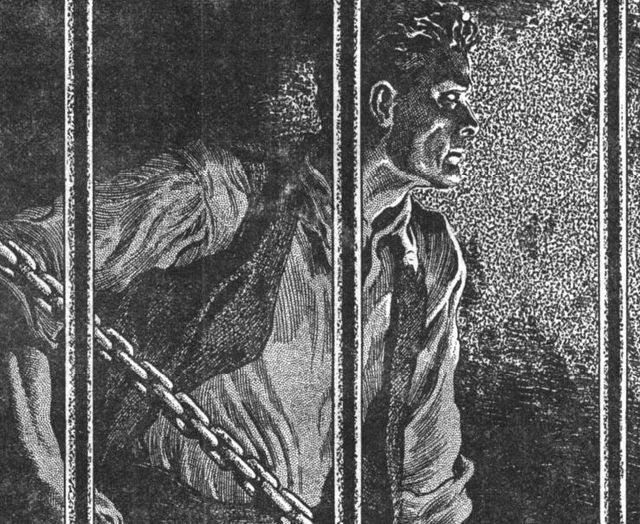-
Vijay Fafat
- Published on
One Mr. Joseph Kingsley, after years of toiling and tooling, creates an electrical gadget which ends up acting very much like an open wormhole with both ends of the wormhole accessible, the kind you would find described in Kip Thorne’s books. But there is a catch which he fails to notice - passage through the wormhole is like traveling on a Mobius strip. Inadvertently, during the first test of the device, he ends up creating mirror-images of a pack of “Camel” cigarettes and a quarter coin. These two artifacts set things in motion of discovery for the rest of the world. Sally Ransome, a “roving reporter” with “National Weekly”, ends up contacting him. Explanations of mirror sugar molecules and the Mobius strip / twists follow. Beyond this, the story devolves into a jail-break and car-chase kind of silliness, with people and objects switching between their mirror versions and original versions, all ending up in a very groan-worthy pun.
Interestingly, there is a dream sequence referencing a “Mobius belt” which harks back to William Upson’s story, “Paul Bunyan’s Conveyor belt” (also published in 1949) and an explicit mention of George Gamow’s story, “The Heart on the Other Side”.
Some excerpts:
“See ? The two-dimensional paper is curved in the third dimension so that the two dots are touching through one dimension but three inches apart in the other […] we cannot really get any mental picture of a curved space. It may be curved in many ways, and might even have a multiplicity of curves. Since it curves in the fourth dimension, there is always some curve that will cause any two spots to be adjacent, and these curves are constantly variable so that you move smoothly from one to the other as you change the power.”
AND
“You’ve seen the normal curve of a func tion—a curved line running across a piece of cross-ruled paper ?”
“Yes.”
“Have you ever seen a three-dimensional graph ?”
“ No.”
“It’s called a functional surface. It has places that show the function of two variables. You can vary either of them, and the position of the intersection shows the function. You can vary one of them in a minute increment and the function may move only slightly. It’s like drawing a series of lines on a curved surface, like—like a contour map.”
[..]
“So,” he continued, “the tide can come in a thousandth of an inch, and the contour will change minutely. So in a four dimensional graph, you change the function slightly and the space-curve changes slightly—not abruptly but smoothly—and you have an other location.”
AND
“The teleport transmits objects through space by bringing two locations side by side in superspace. The trouble is that superspace—or space itself—is twisted as a Mobius Strip is twisted so that everything that goes through it comes out reversed.”



